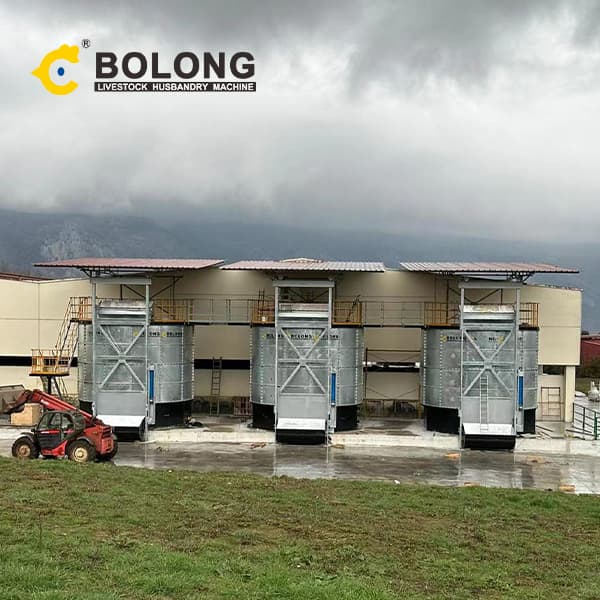
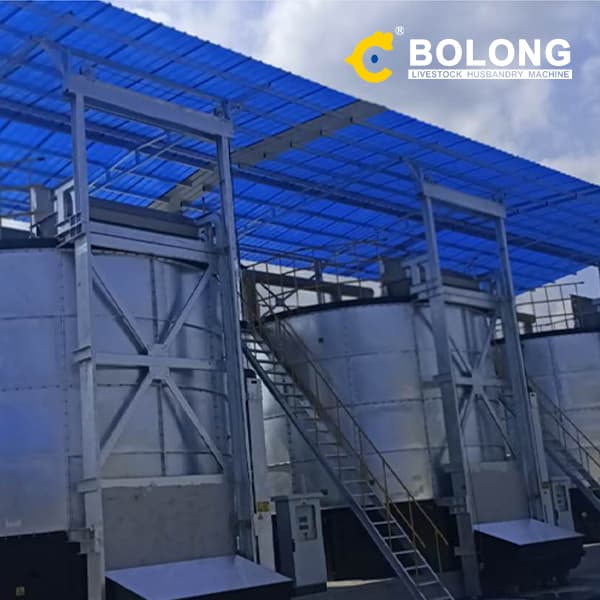
The abundance of organic solid waste throughout the world has become a common issue that needs complete management at every level. Also, the scarcity of fuel and the competition between food and substance as an alternative to a petroleum-based product has become a major problem that needs to be properly handled. An urge to find renewable
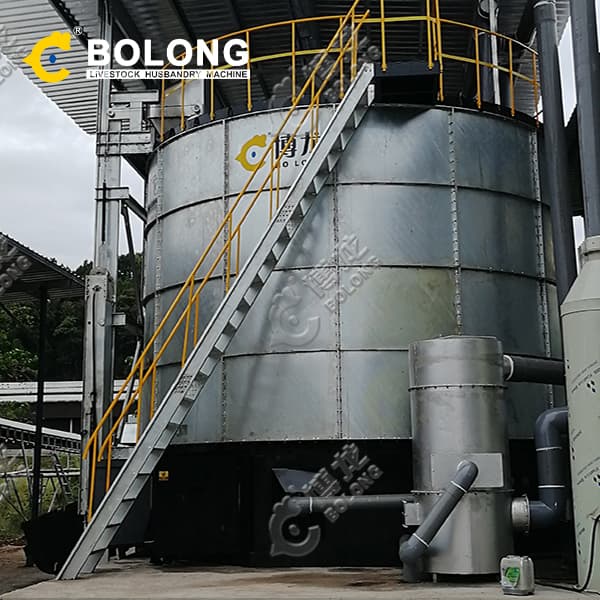
2023/1/27/ · Fruit processing generates two different types of waste: liquid waste (juice and wash water) and solid waste (peels/skins, seeds, stones, etc.). Fruit peel waste accounts for between 15 and 60% of the various types of fruit waste that are produced, and it is usually discarded . For several fruits, such as the mango (30–50%), orange (30–50%
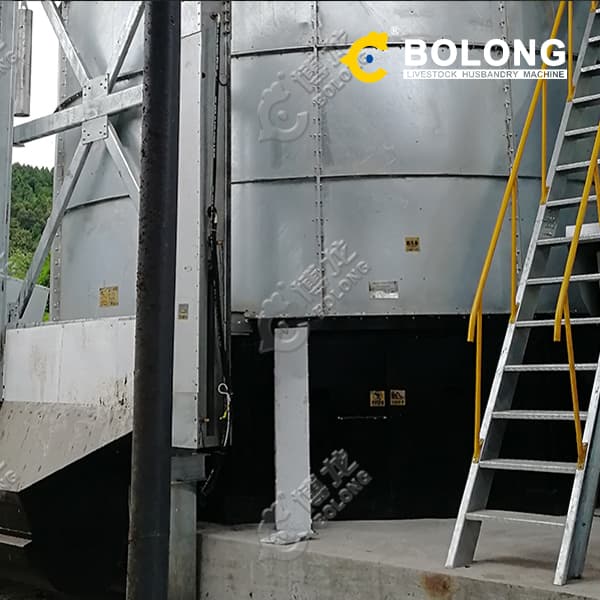
Kitchen Vegetable Fruit Waste Fermentation Fertilizer Treatment Equipment, Find Details and Price about Restaurant Waste Treatment Machine Hotle Waste Treatment Equipment from Kitchen Vegetable Fruit Waste Fermentation Fertilizer Treatment Equipment - Qingzhou Aoerheng International Trade Co., Ltd.
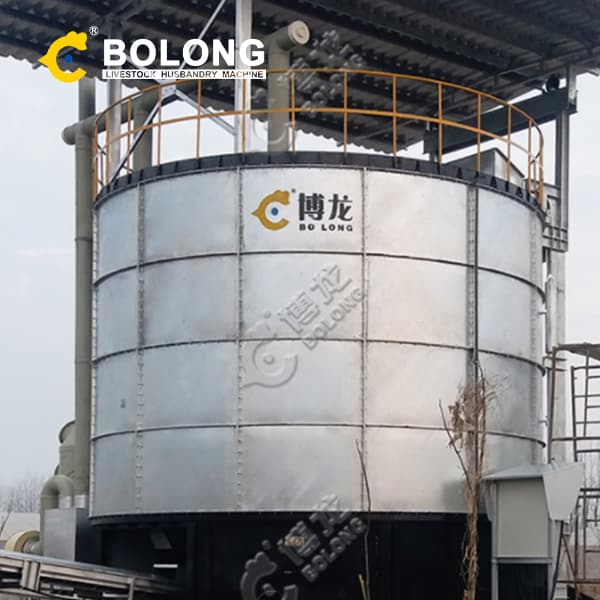
2022/3/1/ · 1. Introduction. The processing of fruits into dried and canned/frozen slices, powders, wines or juices, generates considerable quantities of solid waste, estimated at around 20–50% of the processed fruit weight [1, 2].Even though emissions from waste disposal contribute less than 5% to global greenhouse gas (GHG) emissions, disposal of
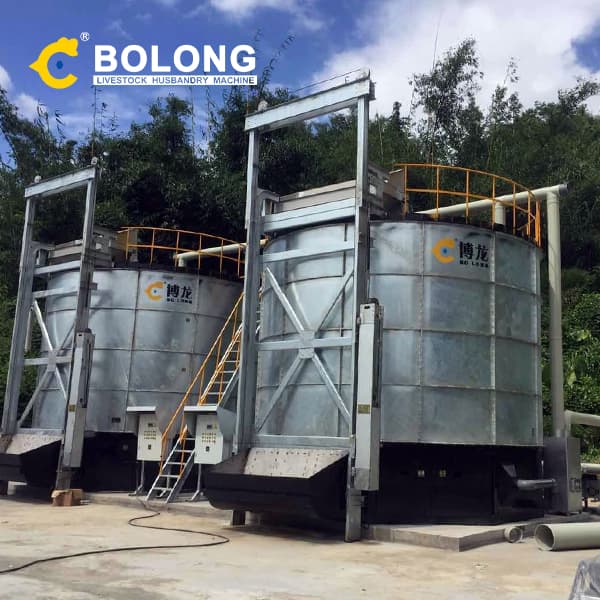
2022/1/10/ · Pectin is a plant-based hydrocolloid that has unique structural and biochemical properties. It is extracted from discarded fruit-processing industry waste, such as peels. Due to its natural origin and novel properties, pectin is widely accepted in various sectors such as food, pharmaceuticals, nutraceuticals, cosmetics, biomedical, and edible
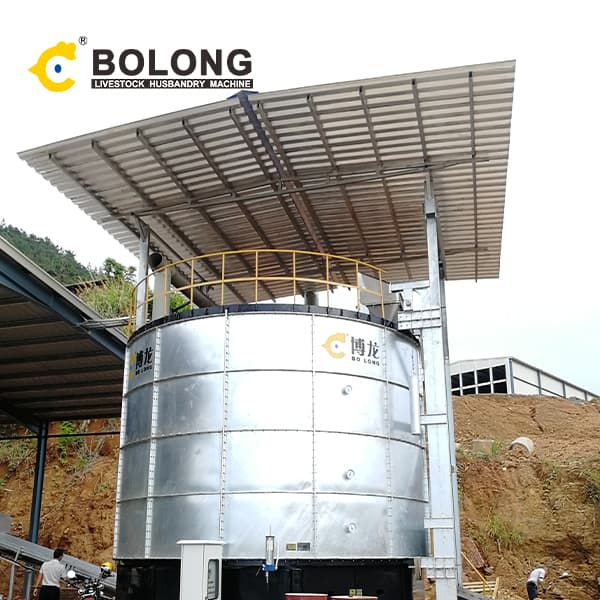
2022/1/1/ · The best conditions for ethanol production from fruit waste yields were pH 5.5, 32 °C, 0.865 specific gravity, and a concentration of roughly 6.10 %, according to the findings. We optimized for the viability of generating ethanol in big numbers at acceptable costs. 1. Introduction.
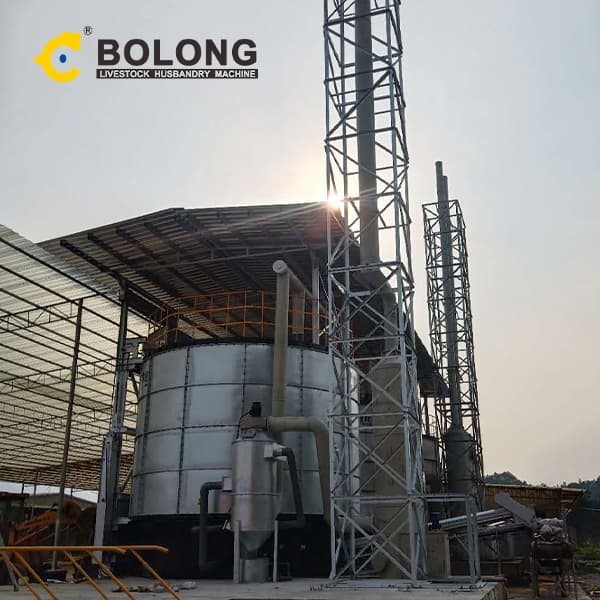
2023/5/11/ · The current use of fruit and vegetable waste-to-energy review focuses on the following processes: biological technology, anaerobic digestion (AD) to produce biogas and bio-methane; fermentation to produce bio-ethanol; thermal/thermochemical technologies such as incineration to produce heat and electricity; pyrolysis and
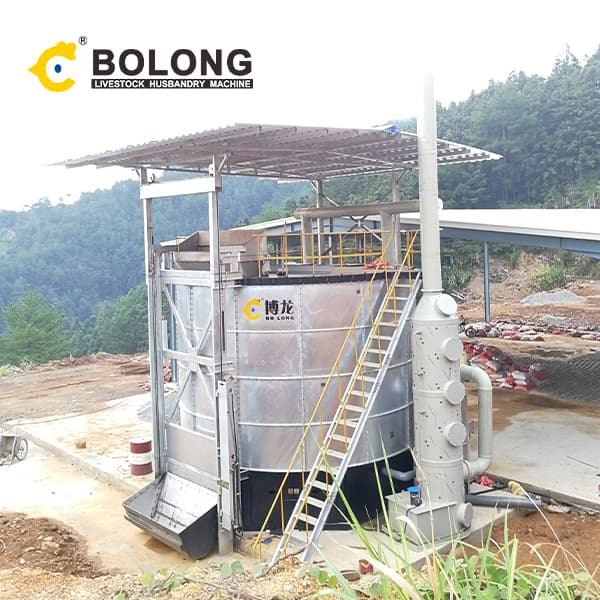
2022/9/1/ · Food waste can be utilized to produce biofuels or energy in a multiple-way: a) biodiesel can be produced by transesterification of oils and fats, b) bioethanol or biobutanol can be produced by fermentation of carbohydrates, c) biogas can be produced by anaerobic digestion, d) hydrogen can be produced by dark fermentation, e)
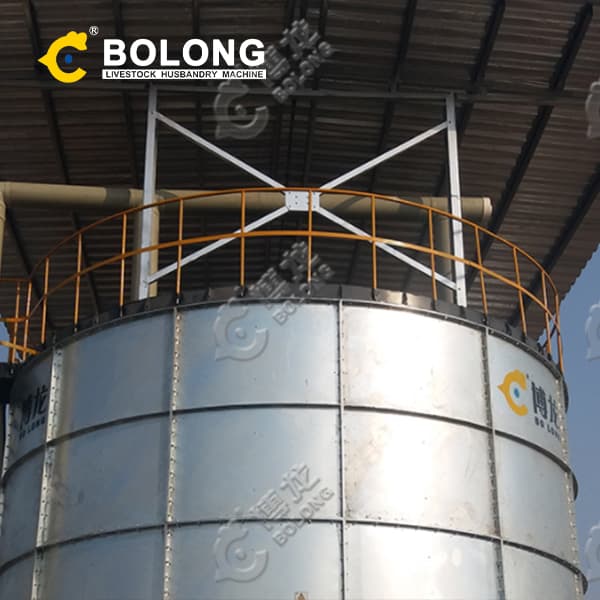
2024/3/20/ · Biohydrogen refers to the production of hydrogen gas (H2) from organic wastes through microorganisms for renewable and sustainable energy sources and recycling operations. The present research work aims for anaerobic digestion of organic waste, i.e. orange peel, core, and skeletons, as a remarkable feedstock for the production of
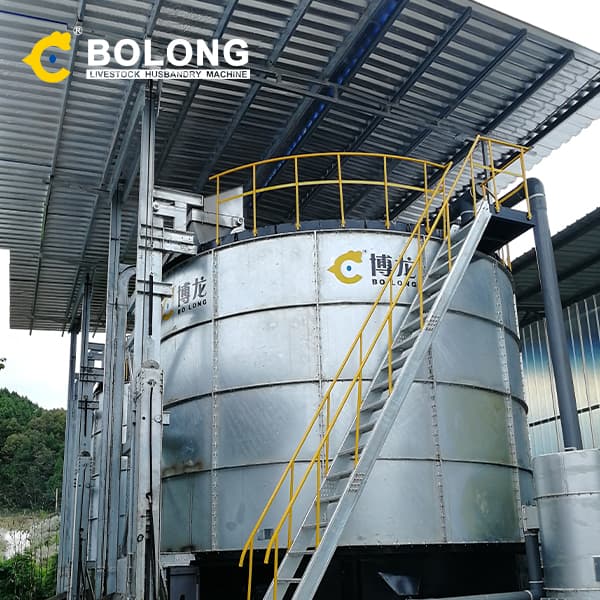
2018/7/1/ · bioethanol percentage from fruit and vegetable wastes produce through a fermentation process using. the yeast, Saccharomyces cerevisiae and to analyze the chemical amount and glucose content in
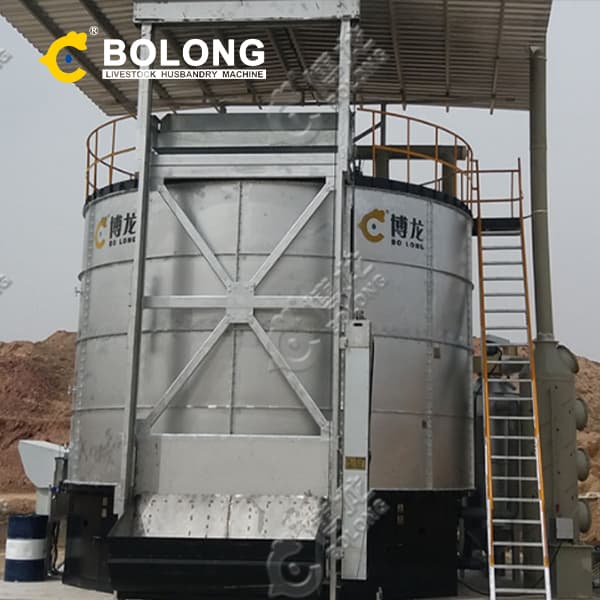

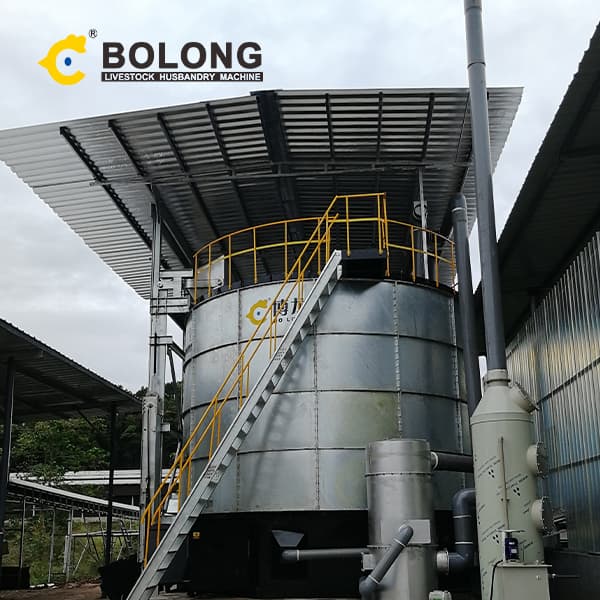
Bioethanol is produced from biomass containing sugar, starch and cellulose. One of the raw materials for bioethanol which is environmental waste is pineapple skin and pineapple hump. In this literature review , 15 articles were collected relating to the utilization of fruit waste as a raw material for bioethanol production and its effectiveness.
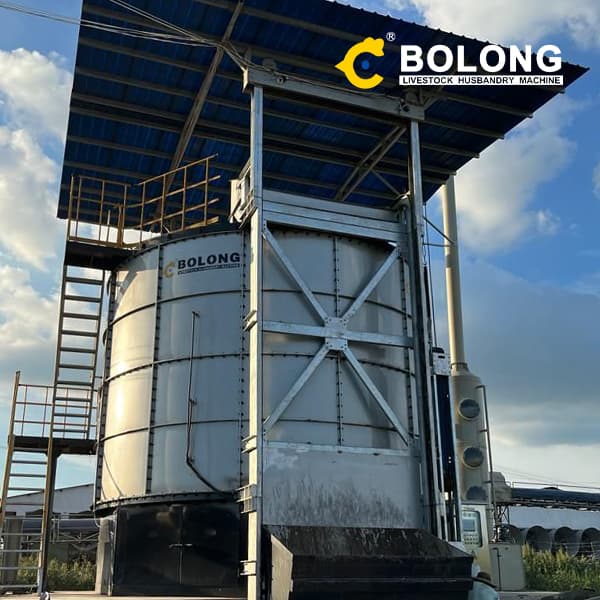
2022/9/1/ · The research group of Vaishnav showed that fermentation utilizing mixed fruit waste in a 10 L fermenter gave EPS production of 21.1 g/L in 60 h for X. campestries (Vaishnav et al., 2022) and 25.1 g/L in 72 h for Bacillus species (Vaishnav et al., 2020) without the need of L-cystine supplementation and 50% reduced consumption of sodium …